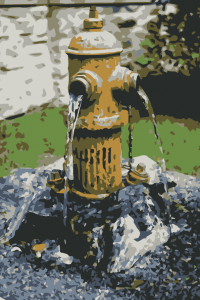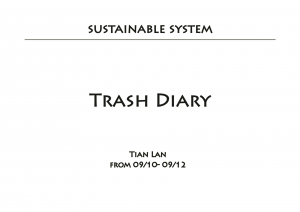Check the Full Version of my Presentation: non-human-project
Design for non human is a process of thinking out of the box. Having designed and used humanly oriented products, we enjoyed our convenience. But have we actually think of the animals and plants that share the same planet with us?
So I designed the hydrant system that can be inserted in the park to both decorate and provide supplies. (see file 2) The hydrant is connected to underground water pipes to provide clean and cool water source. Streams of running water keep going out of the hydrant for animals in the park to drink, and snacks part are set to give 1 cookie out every 5 minute. Stones pile around the hydrant to keep the ground clean without muds or dirt. And in summer, dogs can lie on the stone is they get too hot. Also, gaps between stone allow water to come back to the earth. A solar panel can be added on the top of the hydrant to collect sun energy which is used to the sensor of the hydrant. The sensor can be activated with any object within 2 meters around the hydrant. And in this case, where there is no dog or animals around the hydrant, it can also save water and save dog cookies as well. The set of functionality remains the same as it was set if there are lot of dogs around the hydrant to prevent the overeating habits of puppies.
–
We seldom think in a non human perspective. When we do, we feel the huge difference of objectives, we feel guilty of not bringing convenience to our buddy, our neighbor who also live on this planet, and we start to care more ever after we stay with them.
Also, fun fact about birds in WSQ Park, hope you will like it:
- Birds fighting for rice
- Larry
- Okay, he won




































































